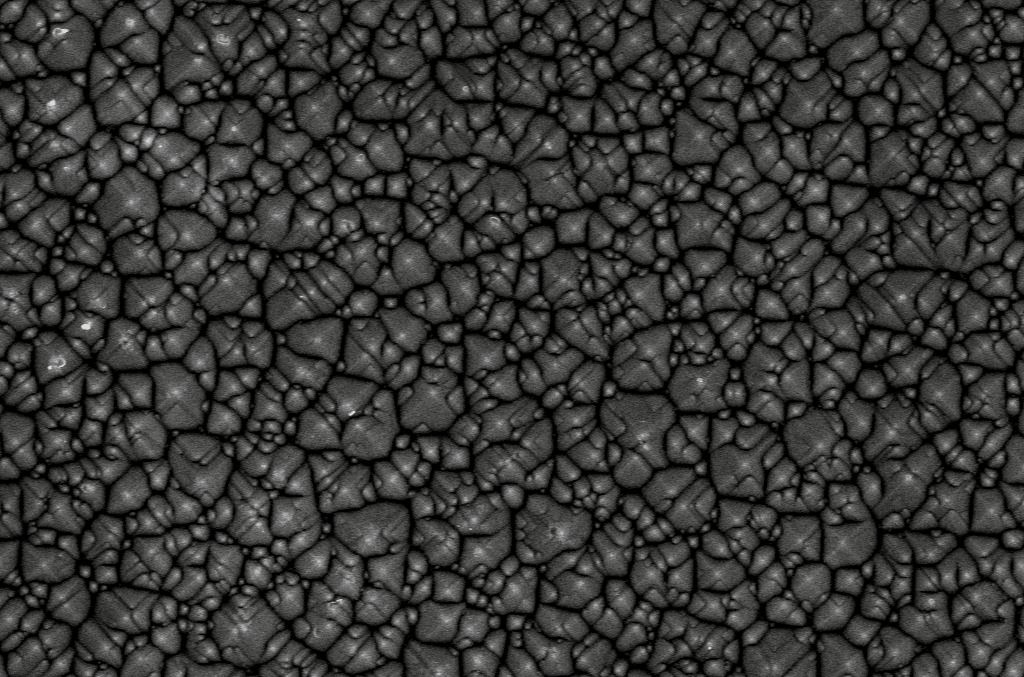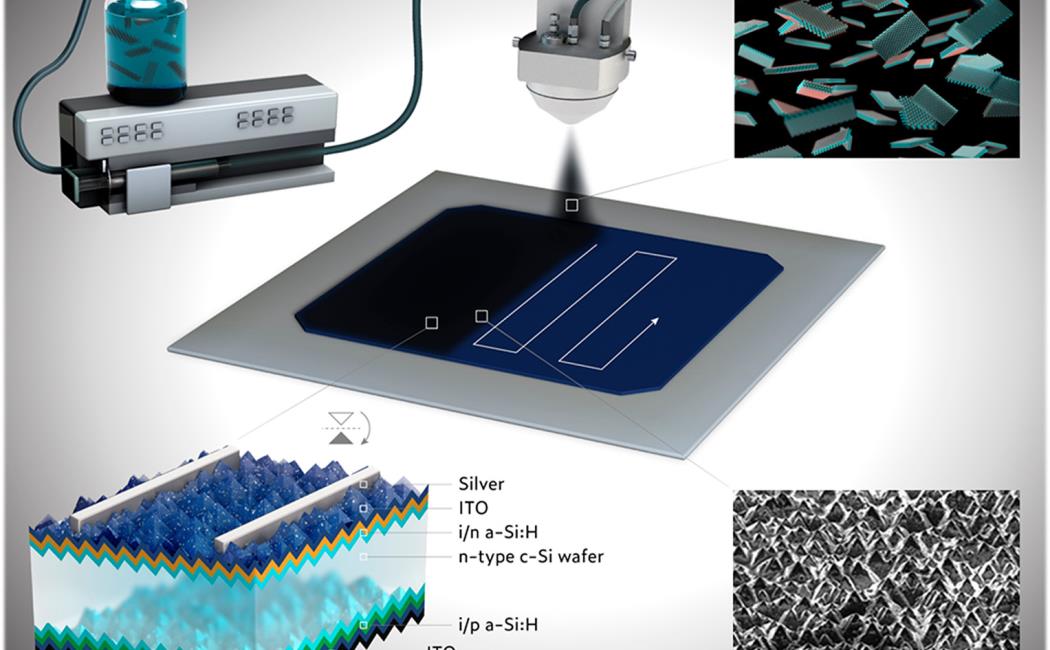


11 February, 2022
Two-dimensional transition metal carbides (MXenes) are of great interest as electrode materials for a variety of applications, including solar cells, due to their tunable optoelectronic properties, high metallic conductivity, and attractive solution processability.
So far, MXene electrodes have only been exploited for lab-scale device applications. Here, to demonstrate the potential of MXene electrodes at an industry-relevant level, we implemented a scalable spray coating technique to deposit highly conductive (ca. 8000 S/cm, at a ca. 55 nm thickness) Ti3C2Tx films (Tx: surface functional groups, i.e., −OH, −O, −F) via an automated spray system.
We employed these Ti3C2Tx films as rear electrodes for silicon heterojunction solar cells as a proof of concept. The spray-deposited MXene flakes have formed a conformal coating on top of the indium tin oxide (ITO)-coated random pyramidal textured silicon wafers, leading to >20% power conversion efficiency (PCE) over both medium-sized (4.2 cm2) and large (243 cm2, i.e., industry-sized 6 in. pseudo square wafers) cell areas.
Notably, the Ti3C2Tx-rear-contacted devices have retained around 99% of their initial PCE for more than 600 days of ambient air storage. Their performance is comparable with state-of-the-art solar cells contacted with sputtered silver electrodes.
Our findings demonstrate the high-throughput potential of spray-coated MXene-based electrodes for solar cells in addition to a wider variety of electronic device applications.
This is a collaboration with Functional Nanomaterials & Devices and colleagues from KAUST Solar Center.
To read more, visit the link below.
https://pubs.acs.org/doi/10.1021/acsnano.1c08871?ref=pdf